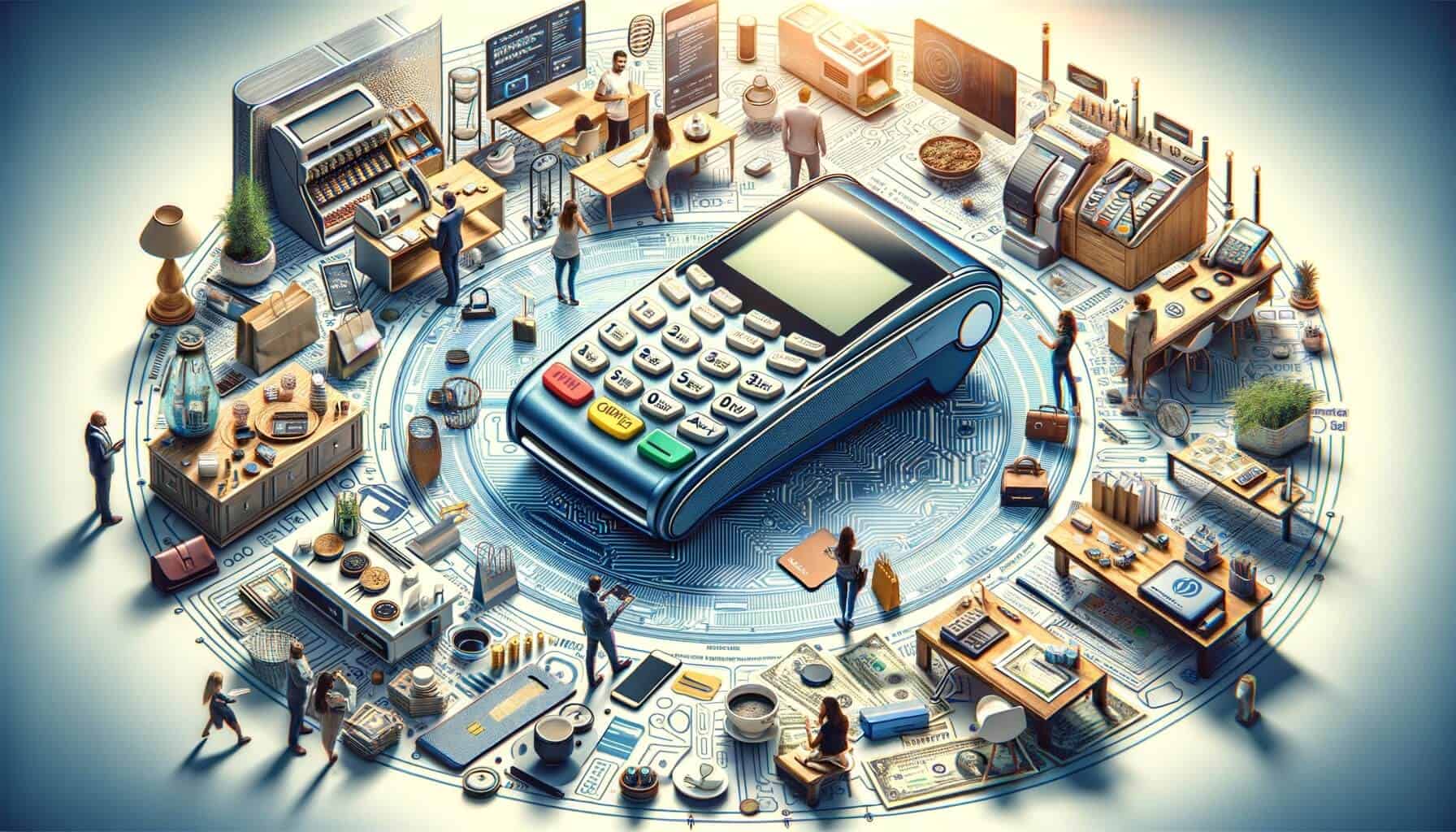
By Mollie Mills April 1, 2025
In today’s digital age, accepting credit card payments is essential for businesses of all sizes. To facilitate these transactions, businesses need a reliable and efficient credit card terminal. However, with a wide range of options available in the market, finding the right credit card terminal can be a daunting task. This comprehensive guide aims to help business owners navigate through the process of selecting the perfect credit card terminal for their specific needs.
Factors to Consider When Selecting a Credit Card Terminal for Your Business
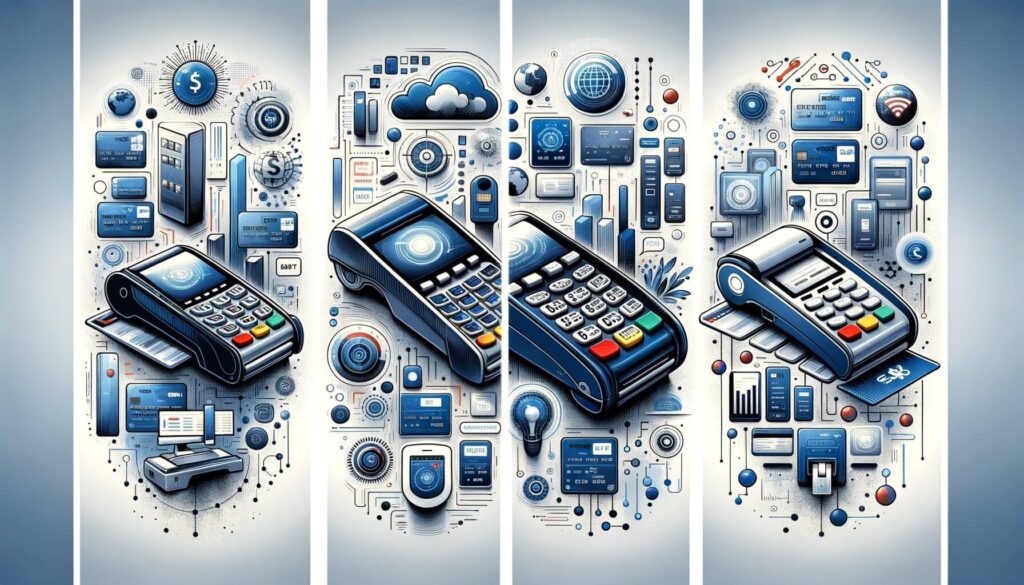
1. Business Type and Size: The first step in choosing the right credit card terminal is to consider your business type and size. Different terminals cater to different industries and transaction volumes. For example, a small retail store may require a basic countertop terminal, while a restaurant might benefit from a wireless terminal for tableside payments.
2. Connectivity Options: Credit card terminals can be connected via various methods, including phone lines, internet connections, or wireless networks. Consider the availability and reliability of these options in your business location. For instance, if you have a stable internet connection, an IP-based terminal might be the most suitable choice.
3. Payment Types: Determine the types of payments you want to accept. While all credit card terminals can process major credit and debit cards, some may also support alternative payment methods like mobile wallets or contactless payments. If you anticipate a significant number of customers using these payment methods, ensure that your chosen terminal is compatible.
4. Security Features: Protecting customer data is crucial for any business. Look for credit card terminals that comply with Payment Card Industry Data Security Standard (PCI DSS) requirements. Additionally, consider features like encryption, tokenization, and EMV chip card acceptance to enhance security and reduce the risk of fraud.
5. Cost and Pricing Structure: Evaluate the upfront cost, ongoing fees, and pricing structure associated with the credit card terminal. Some providers may offer terminals for free but charge higher transaction fees, while others may require an upfront purchase but offer lower transaction costs. Consider your budget and projected transaction volume to determine the most cost-effective option.
Types of Credit Card Terminals: A Comprehensive Overview
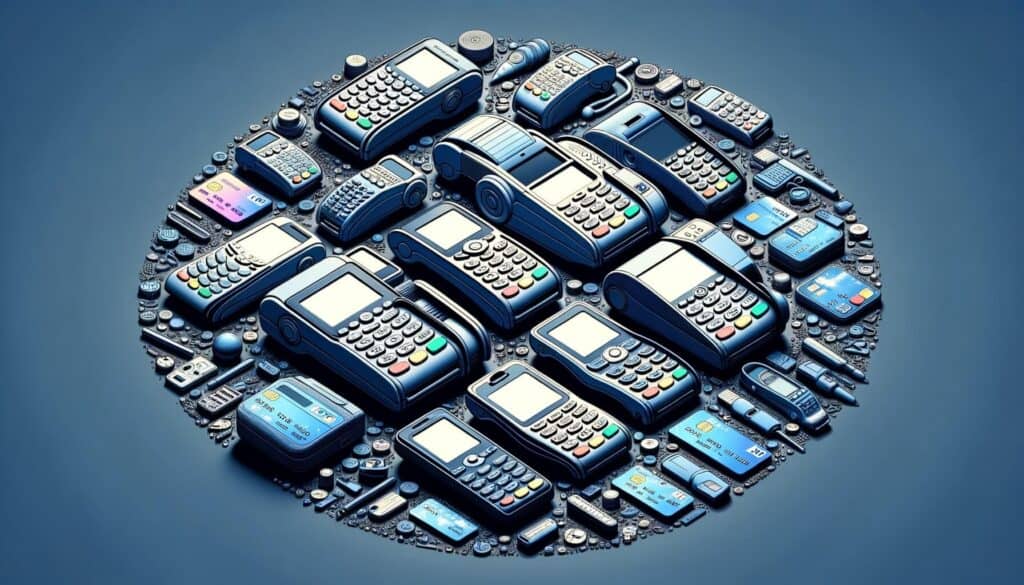
1. Countertop Terminals: These are the most common type of credit card terminals and are typically used in retail stores, restaurants, and small businesses. They are connected to a phone line or internet connection and are placed on the checkout counter for customers to swipe or insert their cards.
2. Wireless Terminals: Ideal for businesses that require mobility, wireless terminals use cellular networks or Wi-Fi to process payments. They are commonly used in restaurants, food trucks, and delivery services, allowing staff to accept payments anywhere within the business premises.
3. Mobile Card Readers: These compact devices can be attached to smartphones or tablets, turning them into portable credit card terminals. Mobile card readers are popular among small businesses, independent contractors, and service providers who need to accept payments on the go.
4. Virtual Terminals: Virtual terminals enable businesses to accept credit card payments through a web browser. They are suitable for e-commerce businesses or those that primarily operate online. Customers can enter their payment information on a secure webpage, and the transaction is processed remotely.
Evaluating the Features and Functionality of Credit Card Terminals
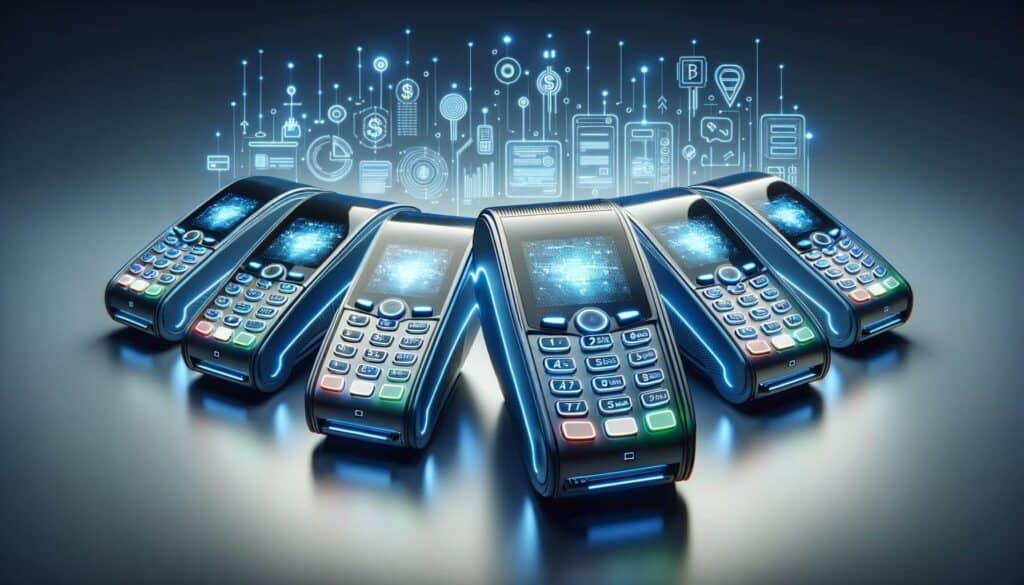
1. Card Acceptance: Ensure that the credit card terminal supports the types of cards your customers are likely to use. It should be capable of processing major credit and debit cards, as well as newer payment methods like mobile wallets and contactless payments.
2. Display and Keypad: Consider the size and clarity of the terminal’s display, as well as the ease of use of the keypad. A user-friendly interface is essential for both customers and staff, minimizing errors and speeding up the payment process.
3. Receipt Options: Determine whether the credit card terminal can print paper receipts or send digital receipts via email or SMS. Offering multiple receipt options can enhance customer satisfaction and convenience.
4. Reporting and Analytics: Look for credit card terminals that provide detailed reporting and analytics features. These tools can help you track sales, identify trends, and make informed business decisions.
5. Integration with POS Systems: If you already have a point-of-sale (POS) system in place, ensure that the credit card terminal is compatible and can seamlessly integrate with it. This integration streamlines operations and eliminates the need for manual data entry.
Choosing the Right Credit Card Terminal Provider: Key Considerations
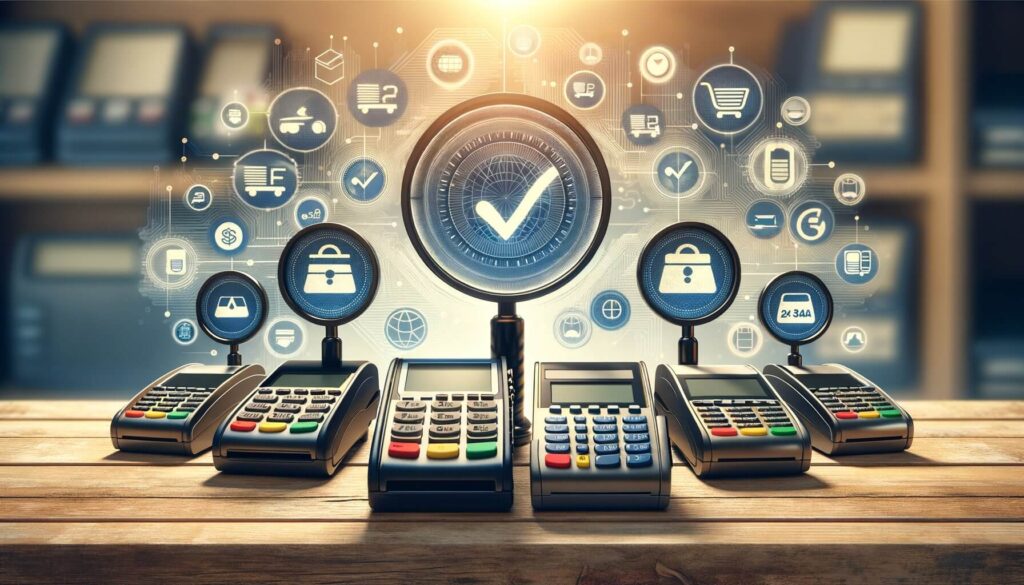
1. Reputation and Reliability: Research the reputation and reliability of credit card terminal providers. Look for established companies with a track record of excellent customer service and reliable hardware.
2. Customer Support: Consider the level of customer support offered by the provider. Ensure that they offer 24/7 technical support and have a responsive customer service team to assist with any issues or questions that may arise.
3. Contract Terms and Fees: Carefully review the contract terms and fees associated with the credit card terminal provider. Look for transparent pricing, reasonable cancellation policies, and no hidden fees.
4. Scalability and Future Needs: Consider your business’s future growth and expansion plans. Choose a credit card terminal provider that can accommodate your evolving needs and offer scalable solutions.
Setting Up and Installing Your Credit Card Terminal: A Step-by-Step Guide
1. Choose a Provider: Select a credit card terminal provider that aligns with your business requirements and preferences.
2. Order the Terminal: Place an order for the chosen credit card terminal. Provide the necessary information, such as business details and shipping address.
3. Receive and Unbox: Once the terminal arrives, carefully unbox it and ensure that all the components are included.
4. Connect to Power: Plug in the terminal to a power source using the provided power adapter or cable.
5. Connect to Network: Depending on the type of terminal, connect it to the appropriate network, such as a phone line, internet connection, or wireless network.
6. Configure Settings: Follow the manufacturer’s instructions to configure the terminal settings, such as language, time zone, and receipt options.
7. Test Transactions: Perform test transactions to ensure that the terminal is functioning correctly. Process a few transactions using different payment methods to verify the terminal’s compatibility.
8. Train Staff: Train your staff on how to use the credit card terminal effectively and address any questions or concerns they may have.
Understanding Payment Processing and Security with Credit Card Terminals
1. Payment Processing: When a customer makes a payment using a credit card terminal, the transaction is processed through a payment gateway. The gateway securely transmits the transaction details to the payment processor, which then communicates with the customer’s bank to authorize the payment.
2. Payment Security: Credit card terminals employ various security measures to protect sensitive customer data. Encryption ensures that the cardholder’s information is securely transmitted, while tokenization replaces the card data with a unique token, reducing the risk of data breaches. EMV chip card acceptance adds an extra layer of security by validating the card’s authenticity.
3. PCI DSS Compliance: Payment Card Industry Data Security Standard (PCI DSS) is a set of security standards that businesses must adhere to when processing credit card payments. Ensure that your credit card terminal and payment processing system comply with these standards to protect customer data and avoid penalties.
Troubleshooting Common Issues with Credit Card Terminals: A Handy Guide
1. Terminal Not Powering On: Check the power source and connections. Ensure that the power outlet is functioning correctly and that the power cable is securely plugged into the terminal.
2. Connection Issues: If the terminal is not connecting to the network, verify that the network cables or wireless settings are configured correctly. Restart the terminal and check for any error messages.
3. Card Reading Errors: Clean the card reader with a soft cloth to remove any dirt or debris that may be obstructing the card’s contact with the terminal. If the issue persists, contact technical support for further assistance.
4. Slow Transaction Processing: Slow transaction processing can be caused by a weak internet connection or outdated software. Check your internet speed and ensure that the terminal’s software is up to date.
5. Printer Issues: If the terminal has a built-in printer and is not printing receipts, check the paper roll and ensure that it is properly inserted. If the issue persists, contact technical support for troubleshooting steps.
Frequently Asked Questions (FAQs) about Credit Card Terminals
Q1. What is the difference between a credit card terminal and a POS system?
Answer: A credit card terminal is a standalone device used specifically for processing credit card payments, while a point-of-sale (POS) system encompasses a broader range of functions, including inventory management, sales reporting, and customer relationship management.
Q2. Can I use my existing credit card terminal with a new provider?
Answer: In some cases, you may be able to use your existing credit card terminal with a new provider, especially if it is compatible with their system. However, it is recommended to check with the new provider to ensure compatibility.
Q3. How long does it take to set up a credit card terminal?
Answer: The setup time for a credit card terminal can vary depending on the complexity of the system and the provider’s processes. In general, it can take anywhere from a few minutes to a few hours to set up and configure a credit card terminal.
Q4. What should I do if my credit card terminal is not working?
Answer: If your credit card terminal is not working, first check the power source and connections. Restart the terminal and follow any troubleshooting steps provided by the manufacturer. If the issue persists, contact the terminal provider’s technical support for further assistance.
Conclusion
Choosing the right credit card terminal is a crucial decision for any business that accepts credit card payments. By considering factors such as business type, connectivity options, security features, and cost, business owners can make an informed decision that aligns with their specific needs.
Evaluating the features and functionality of credit card terminals, selecting a reliable provider, and understanding the setup and installation process are essential steps in ensuring a smooth payment processing experience. By following this comprehensive guide, businesses can find the perfect credit card terminal to streamline their operations, enhance customer satisfaction, and drive growth.